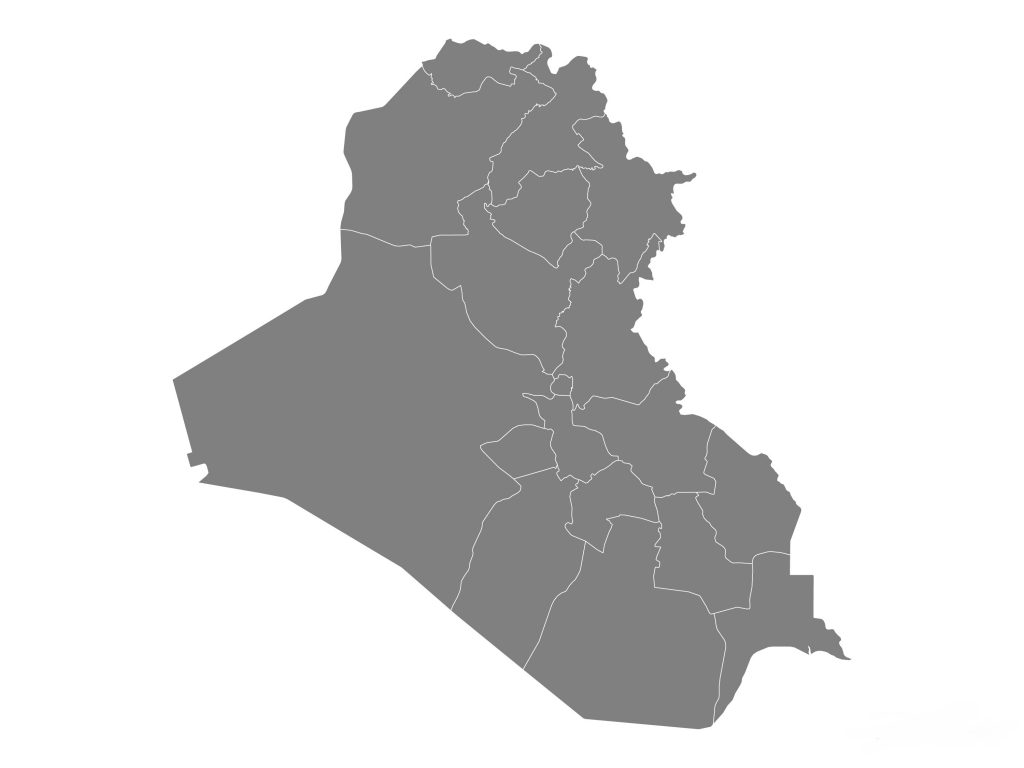
Shia Population in Iraq

Iraq’s ethnic and religious diversity
Iraq’s population is predominantly Muslim. This population consists of nearly two thirds of Shia population in Iraq and the other third is mainly Sunni. This means that Iraq is one of the few countries in which Shia Muslims are a majority. One of the main features of this country is the fact that compared to its neighbors, Iraq has a unique ethnic and religious diversity, mainly because tribal organization still plays an important role in social life. This feature can cause different challenges like the fact that although they have been in power since the US-led invasion, Shias were oppressed under Saddam Hussein’s Sunni-led government. Moreover the Shia population in Iraq itself, can be seen in different ethnic groups and different areas of the country, some of which are briefly discussed below.
Shia Arabs
Being the largest Shia community in Iraq, this group has a population as big as 15 million people which is spread in different locations such as Baghdad, Najaf, Karbala, and south-eastern Iraq.
Turkmens
3 million Turkmens are spread in locations like northern Iraq, (disputed territories), south-east of Baghdad. Within this predominantly Islamic community, Sunnis and Shias are in almost equal proportion. A few thousand are Christians.
Black Iraqis
A population as big as 1 million people of Black Iraqis is estimated to be living in the country in locations like southern Iraq. Making up a part of the Shia population in Iraq, black Iraqis are thought to be descendants of African slaves from the 6th century. Most of them are Shia Muslims, and a very few are Christians.
Faili Kurds
There are around 500 000 Falili Kurds in this country and they mainly live in locations like Baghdad, Kirkurk, and Kurdistan region. They belong to the Shia Kurdish group.
Roma
The population of this group is made up of 50 000 individuals who are mainly in southern Iraq. The Roma belongs to either Sunni or Shia population of Iraq, depending on the area they.
Taken from: https://www.europarl.europa.eu/RegData/etudes/BRIE/2015/548988/EPRS_BRI(2015)548988_REV1_EN.pdf
Prepared by: European Parliament